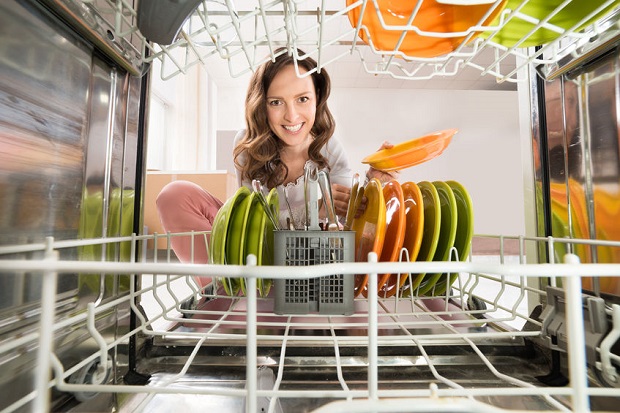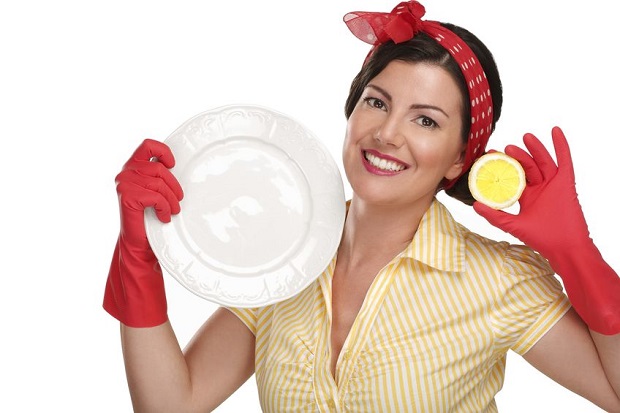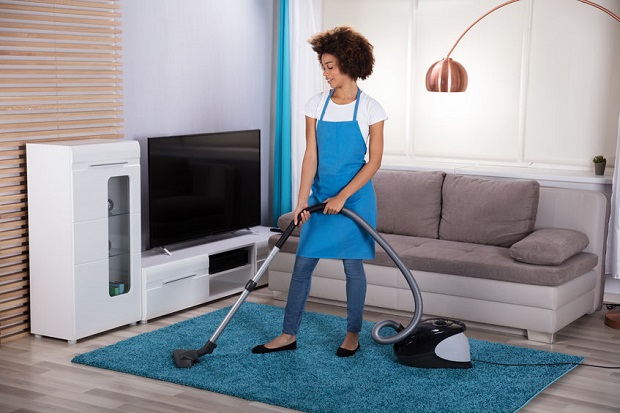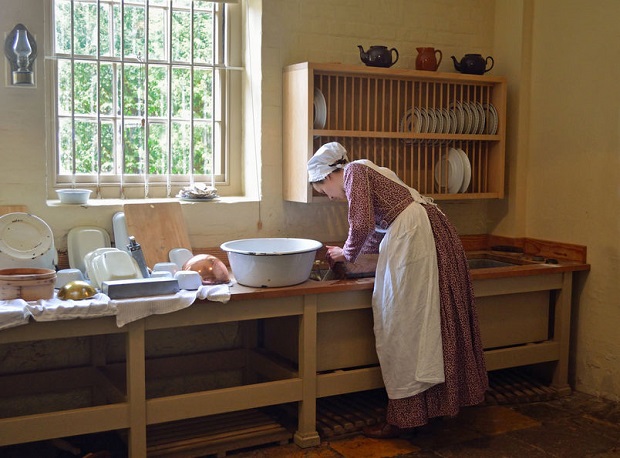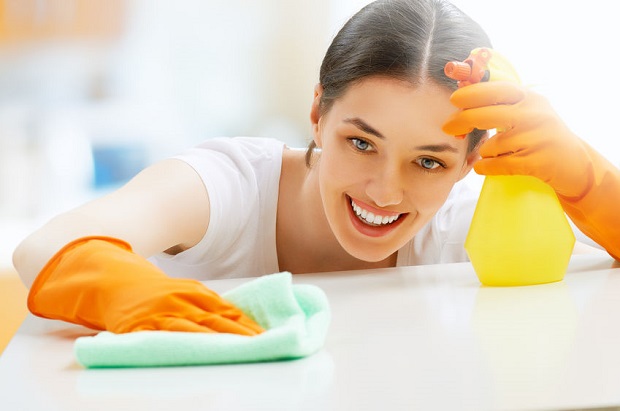
Does Vinegar Disinfect?
Answer at a Glance: The Centers for Disease Control and Prevention (CDC) advises against using vinegar as a disinfectant. While undiluted vinegar may be effective against E. coli and S. Typhi, it is not against other bacteria strains such as S. aureus. [1]
Dig Deeper
- Vinegar Can Be Dangerous When Mixed with Other Cleaners
- Vinegar Can Do More Harm Than Good
- What Is the Best Household Disinfectant?
- References
Vinegar Can Be Dangerous When Mixed with Other Cleaners
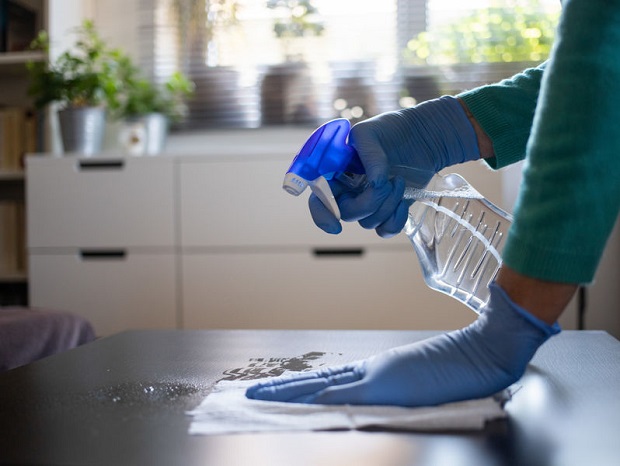
Not only is vinegar not the optimal cleaning solution for disinfection, but it also has many drawbacks when used as a cleaner. For example, because vinegar is all-natural and seemingly harmless, many people don’t realize the potential dangers of mixing it with other cleaning solutions, such as bleach.
According to Georgia’s Department of Public Health pamphlet “Dangerous Household Cleaning Combinations What NOT to Mix,” When vinegar, an acid, is mixed with bleach, it produces chlorine gas, which is toxic. It can cause eye irritation, coughing, and breathing problems. You should also never mix vinegar with hydrogen peroxide. Combining these products can create peracetic/peroxyacetic acid, which can be highly corrosive and irritate your eyes, skin, and respiratory tract. [2]
Vinegar Can Do More Harm Than Good
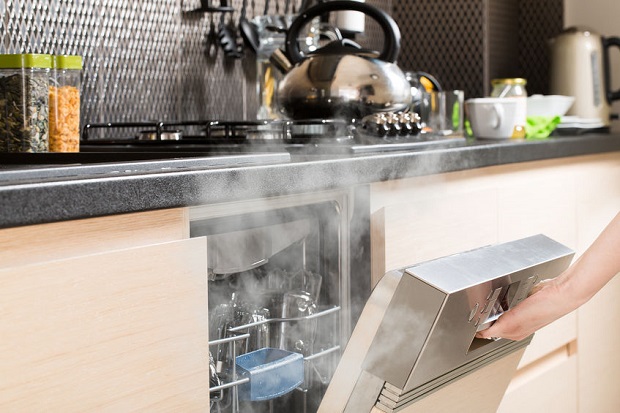
Also, as an acid, vinegar can destroy many household surfaces. For example, Consumer Reports warns that the acid in vinegar can etch solid stone countertops such as marble and limestone. It does the same to the sealer applied to solid stone countertops. [3]
Many dishwasher manufacturers also advise against vinegar as a cleaner as it may break down the machine’s rubber components. This goes for the washing machine as well. [4]
Vinegar can also harm hardwood flooring, aluminum, copper, and some stainless steel grades. [5]
What Is the Best Household Disinfectant?
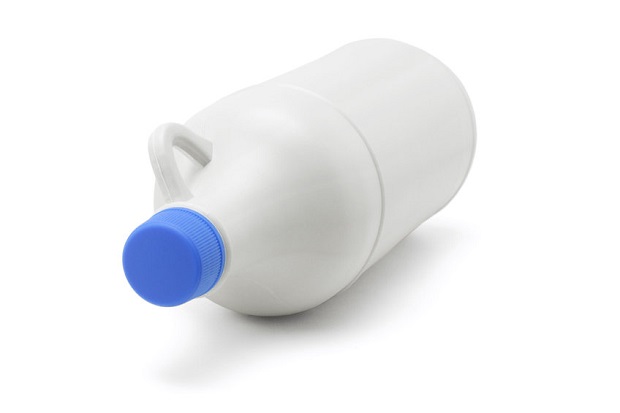
If vinegar isn’t the best solution for disinfecting, what is? The Centers for Disease Control and Prevention advises using a commercial product thoroughly tested for disinfecting properties. The Environmental Protection Agency maintains a detailed list of effective cleaners.
The CDC also suggests that bleach can be used as a substitute if these cleaners are unavailable. The bleach should contain 5%-9% sodium hypochlorite to be effective as a disinfectant. Follow the directions on the bottle for safe diluting and surface application. [6]
References
- [1] Centers for Disease Control and Prevention – “Guideline for Disinfection and Sterilization in Healthcare Facilities.”
- [2] Georgia Department of Public Health – “Dangerous Household Cleaning Combinations – What Not to Mix.”
- [3][4][5] Consumer Reports – “Nine Things You Should Never Clean with Vinegar.”
- [6] Centers for Disease Control – “Cleaning and Disinfecting with Bleach.”
Related Products
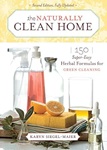
The Naturally Clean Home 150 Super-Easy Herbal Formulas for Green Cleaning
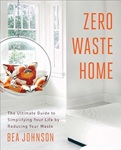
Zero Waste Home: The Ultimate Guide to Simplifying Your Life

Dollarwi$E…$Aving $Mart: Living Better for Le$$
